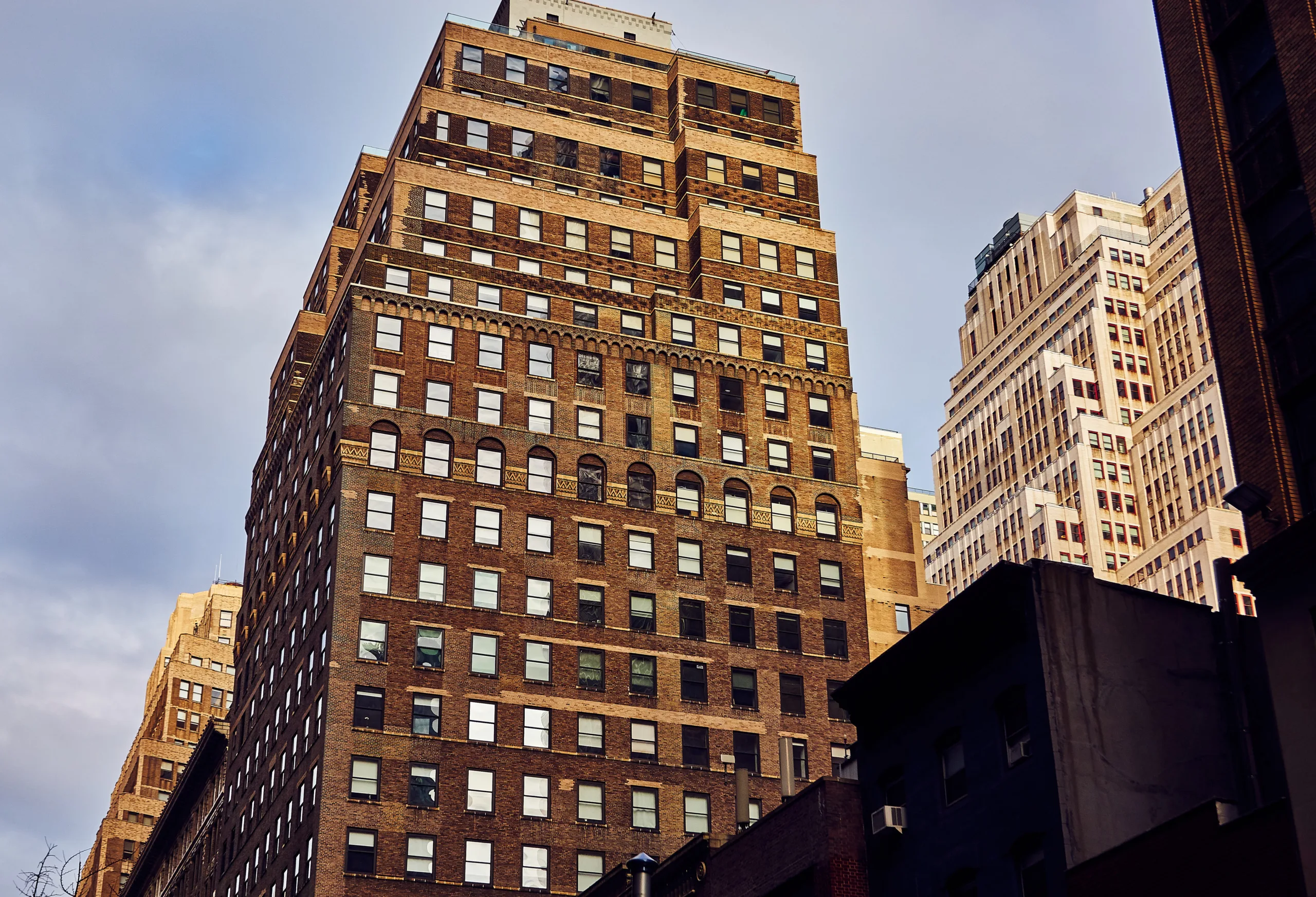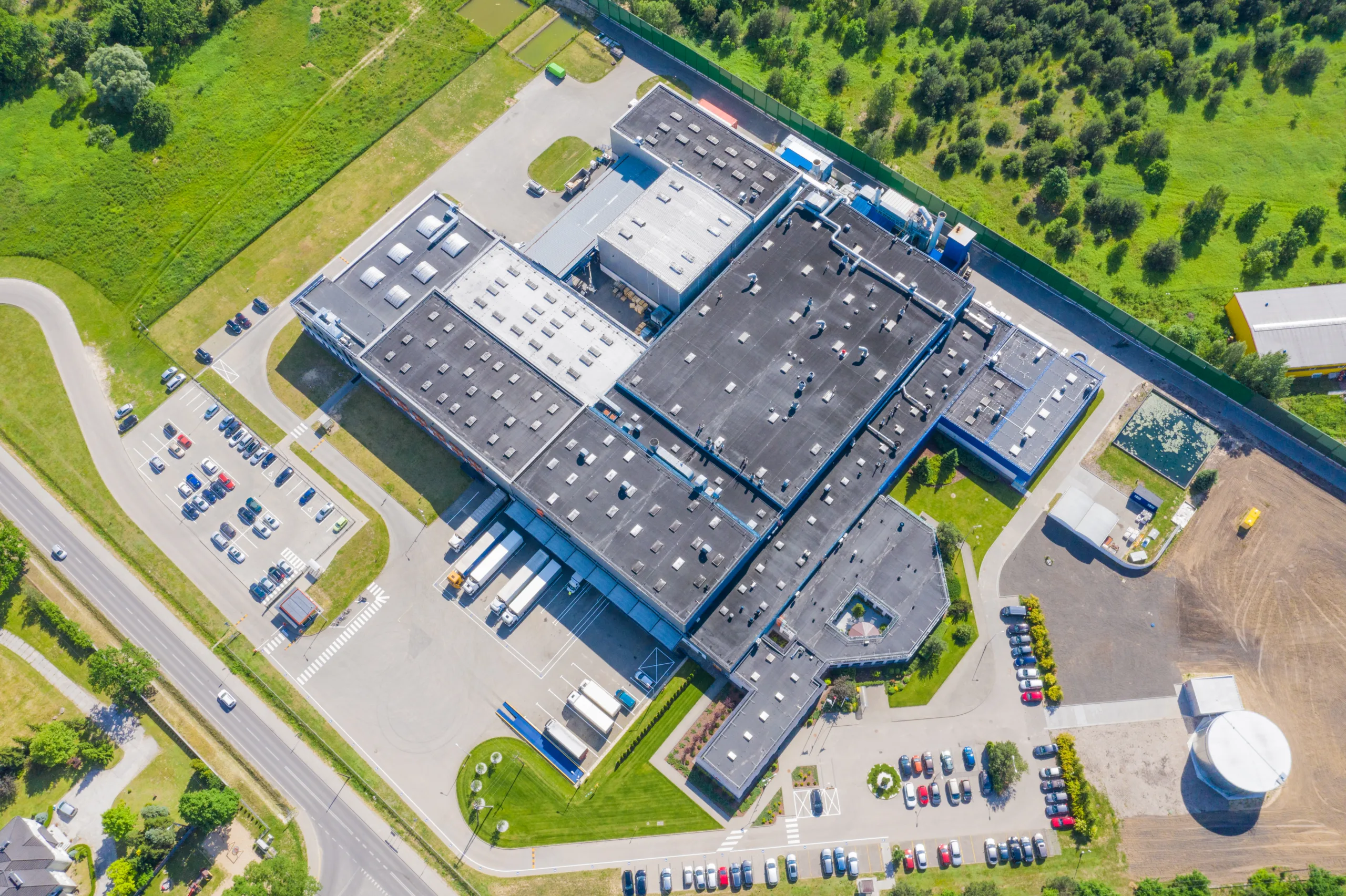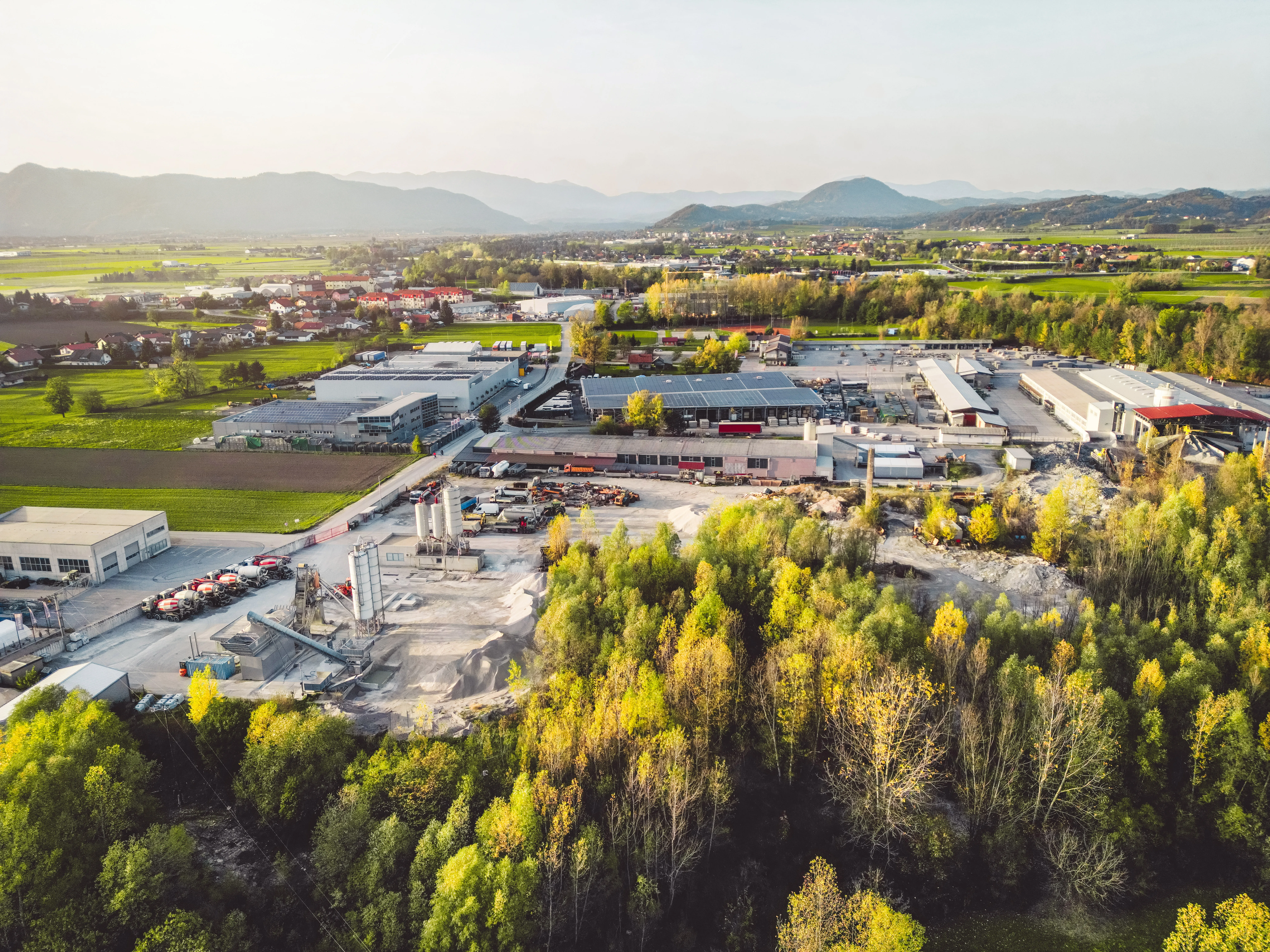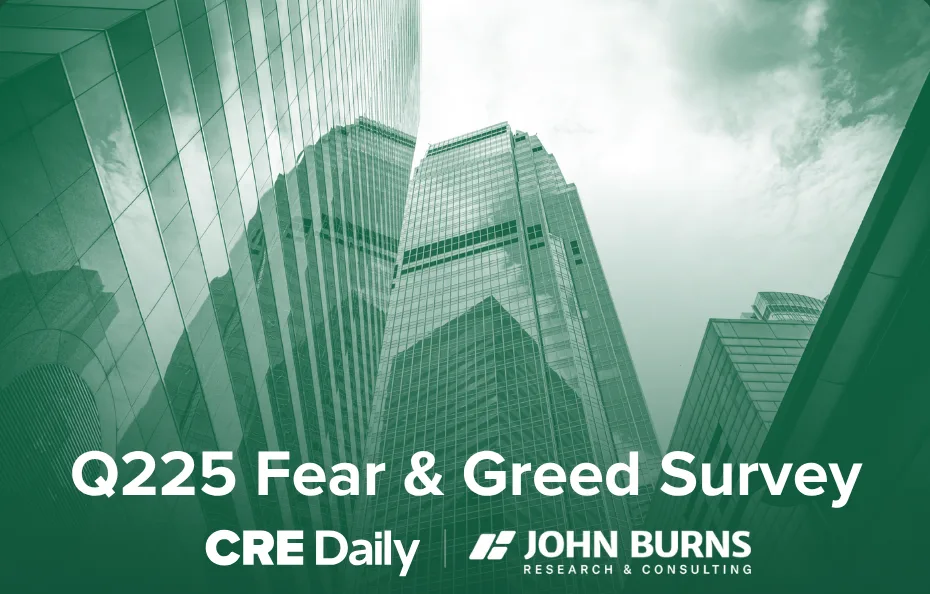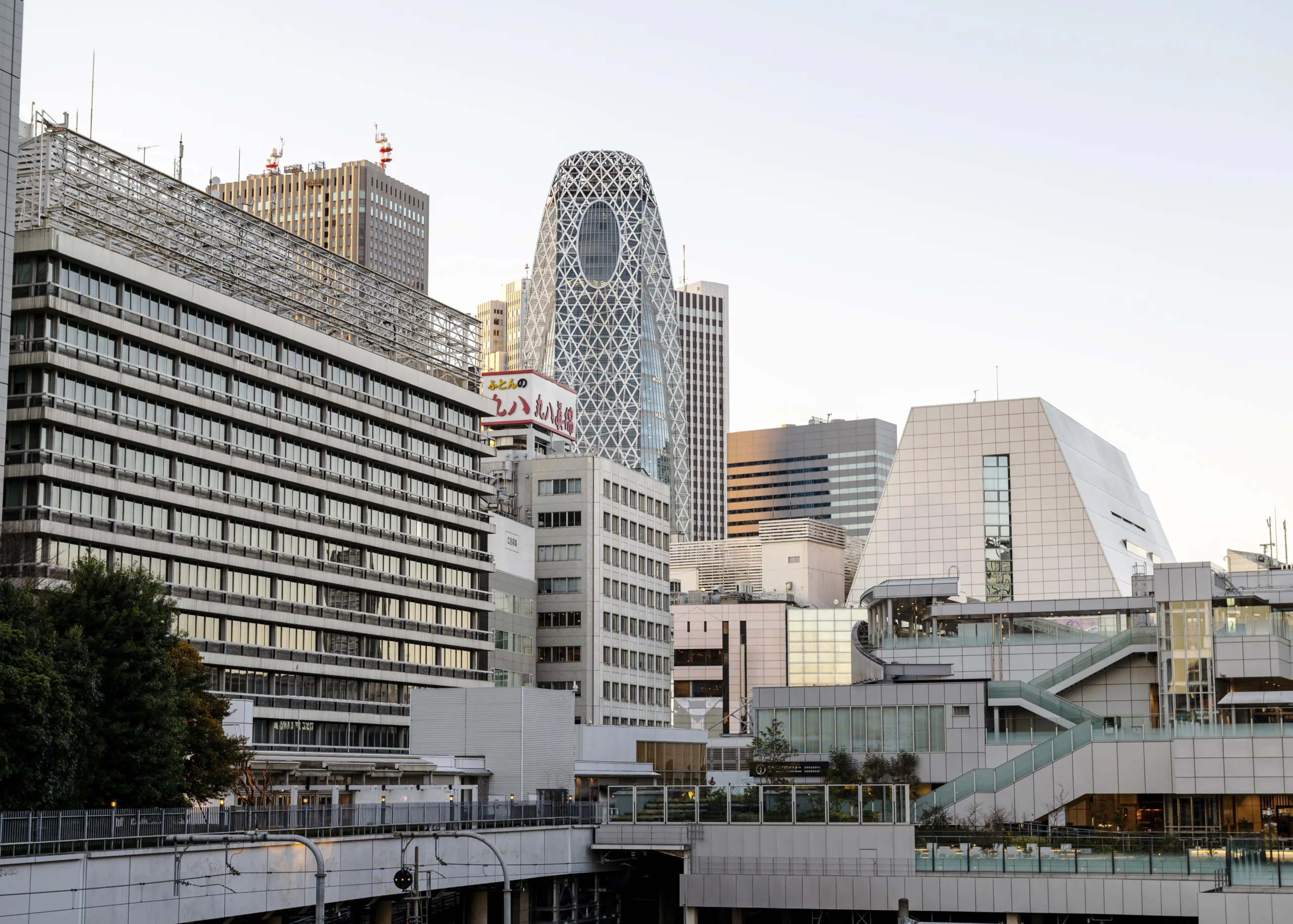- Miami-Dade, Minneapolis, and Houston lead with low vacancy and high rent growth, defying typical industrial trends.
- Phoenix and Las Vegas face high vacancy but still attract investor activity amid population growth and niche demand.
- Smaller spaces under 50K SF outperform larger formats in markets like Cleveland and Miami.
- Infrastructure upgrades in cities like Baltimore and San Diego could reshape long-term industrial fundamentals.
Marcus & Millichap’s latest national industrial prospect index has revealed surprising trends in the industrial sector, reports GlobeSt. Several markets outperformed expectations in the first half of 2025, challenging conventional forecasts. While a few Sun Belt giants underperformed, traditionally overlooked or mid-sized markets stepped up with tight vacancies, strong investor activity, and targeted demand for specific asset types.
Get Smarter about what matters in CRE
Stay ahead of trends in commercial real estate with CRE Daily – the free newsletter delivering everything you need to start your day in just 5-minutes
Market Standouts
Miami-Dade
Historically overshadowed by larger port metros, Miami-Dade topped the list due to strong in-migration, job growth, and resilient small-bay leasing. Even with new inventory coming online, vacancy for sub-10K SF spaces remains below 3%. Rents have surpassed $18 PSF—leading all US markets outside New York and California.
Houston
Despite being second only to Atlanta in deliveries this year, Houston bucked the trend of rising vacancy. The Southern Corridor saw the most new supply, yet overall vacancy fell, and rents climbed. Marcus & Millichap credits port diversification and airport improvements for stabilizing fundamentals.
Minneapolis–St. Paul
Securing the No. 2 spot on the index, the Twin Cities are benefiting from growth in advanced manufacturing. Northern submarkets recorded sub-2% vacancy in June, reversing a two-year climb and drawing significant investor interest despite the market’s slower-growth profile.
Phoenix
While Phoenix’s long-term demographic outlook is strong, industrial supply has outpaced demand. With inventory growing 3.7%, marketwide vacancy is projected to exceed 13%—among the highest nationally. Big-box product is suffering most, though demand from the semiconductor industry offers a niche bright spot.
Las Vegas
The market posted the largest year-over-year vacancy spike, exceeding 12%, with much of last year’s space still unoccupied. Still, transaction activity rose 20% YOY—evidence of investor willingness to bet on Las Vegas’s future as population growth holds strong.
Other Notable Performers
Los Angeles
Net absorption turned positive in Q1 2025, but total vacancy is still at a generational high. Owner-user buyers are stepping in as institutions pull back, and performance is diverging sharply by submarket. Antelope Valley, for instance, is seeing strong leasing activity.
San Diego
Ranked lowest on the index, San Diego faces a 10.7% vacancy rate—its highest since 2011. Vacancy for newer properties is especially high (15.9%), despite the city’s proximity to cross-border trade. The forthcoming $150M truck port may provide future relief.
Indianapolis
Though vacancy has doubled recently, strong net absorption and rising investor interest are pushing vacancy back down. With cap rates at a nationwide high of 8.6%, logistics connectivity and modern space in outer corridors are drawing capital.
Baltimore
The market is undergoing an 18% rent correction from its peak, yet investment activity is rebounding. Major infrastructure improvements, like the Howard Street Tunnel expansion, are expected to support long-term industrial demand and unlock key freight routes.
Cleveland
Smaller industrial assets under 50K SF are seeing sub-3% vacancy, spurring private investment despite a broader leasing slowdown. The market is bifurcating sharply, with big-box properties underperforming and centrally located, smaller assets thriving.
Why It Matters
As economic uncertainty lingers and industrial construction peaks, market-level fundamentals are diverging more than ever. Localized demand drivers—ranging from infrastructure improvements to specialized tenant activity—are making smaller and secondary markets increasingly attractive to investors looking for yield and resilience.
What’s Next
Industrial investors may find more opportunity in unexpected places. With performance now highly dependent on asset size, tenant mix, and local demand drivers, data-driven market selection and submarket specificity will be critical for navigating the remainder of 2025 and beyond.
